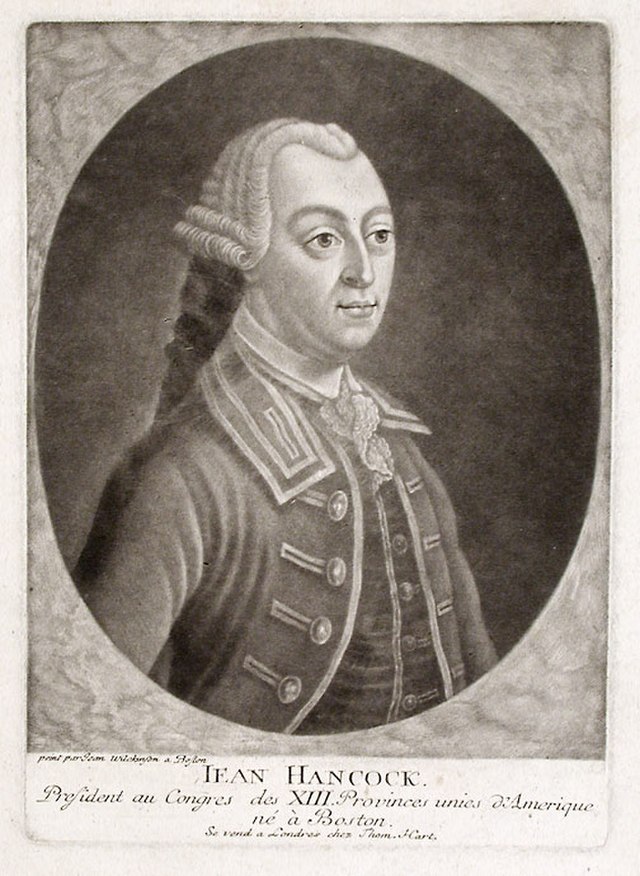| Subject: Fwd: PUBLISHED TODAY….FOR YOUR REVIEW AND COMMENT |
| From: Laura Cortner <radio@21stcenturyradio.com> |
| Date: Tue, 21 Jun 2011 15:53:12 -0400 |
| To: Amy Ford <ford2406@comcast.net> |
post this one at Honick’s page, too, please, thanks.
From: Joe Honick <joehonick@gmail.com>Date: June 21, 2011 3:50:05 PM EDTTo: Joe Honick <joehonick@gmail.com>Subject: PUBLISHED TODAY….FOR YOUR REVIEW AND COMMENT
June 21, 2011
By Joseph J. Honick©
Almost two years ago, I raised questions about all the non-Senate vetted White House “czars” but mainly wondered where Secretary of State Hillary Clinton was either hiding or being hidden.
The questions about the “missing” czars and Secretary of State have emerged once again as the President seems to pop up almost everywhere in the world long enough for maximum press coverage, speeches and then off to another place.
Has he forgotten he has a team of executives called Cabinet Secretaries to take on major challenges for which they were carefully selected, vetted and assigned areas of major responsibility?
Except for retiring Defense Secretary Gates, whom the President could not easily push aside, virtually all of the cabinet officials are unknown to most Americans and probably even fewer abroad.
Certainly few even know who the Secretary of Commerce has been and who will now become our Ambassador to China before any measurable trade progress could even be started much less accomplished.(Incidentally, the Secretary is Gary Locke how many knew that?)
What emerged quickly in this administration was that the President was not going to let anyone else get the spotlight and was going to have what amounted to a “shadow cabinet” none of whose members had to confront the traditional interrogatories from the United States Senate and would simply do the boss’ bidding.
That did indeed turn out to be the case.
In short order, the President had more “czars” than ever ruled Imperial Russia. But even then, Obama’s supporters were steadfast, urging patience with the man who had to take over in the middle of two unpopular wars and a major recession.
I was among those who criticized what I then called the “disloyal opposition” as the President pushed for major health care legislation and various stimuli to help the economy.
Unfortunately, what we see today is the reality that the promised public works jobs program not only did not emerge but has hardly been pushed. Trade agreements so important to American industry have been somewhere else as the important Department of Commerce has had to function like an orphan operation with little to do or much funding to sell our goods around the world.
But, by golly, the President is here, there and everywhere clearly laying the foundation for another election run. There is little question he has had to contend with egregious and outrageous campaigns that questioned his very right to be president or his attachment to questionable people in his past.
But all presidents have had to contend with partisan mudslinging of one kind or another,
When I wrote “A Death In the National Family: Public Confidence”, the effort was to explain that the trillions thrown at the wars in Iraq and Afghanistan and the hundreds of billions in bailouts left many people perhaps agreeing with the late but hardly great Alabama Governor George Wallace’s assertion “There isn’t a dime’s difference between the Democrats and the Republicans.”
So now here we are, having made little progress in the running wars and engaged in what may well be illegal conflicts in the Middle East that could lead to another real war. And there is still another question, given our economy and depression unemployment, as to whether we can actually afford peace and the massive dislocation of employees in defense industries it could lead to.
It may well be a time for someone of influence, reliability and leadership from within the Democratic party to reignite what Americans thought they were getting when President Obama was elected.
So, as I asked before: Where’s Hillary?
* * *Joseph J. Honick is an international consultant to business and government and writes for many publications, including huntingtonnews.net. Honick can be reached at joehonick@gmail.com.
—
Joseph J. Honick, President
GMA International Ltd
9549 Olympus Beach Rd NE
Bainbridge Island, WA 98110
Telephone: 206.842.6666
Mobile: 415.305.8787
Facsimile: 206.842.5423

 Tuesday, July 17, 2012
Tuesday, July 17, 2012 











































































































 Above: Meryl Ann Butler at the Women’s March in Norfolk, Virginia, with a sign she painted the day before.
Above: Meryl Ann Butler at the Women’s March in Norfolk, Virginia, with a sign she painted the day before.






